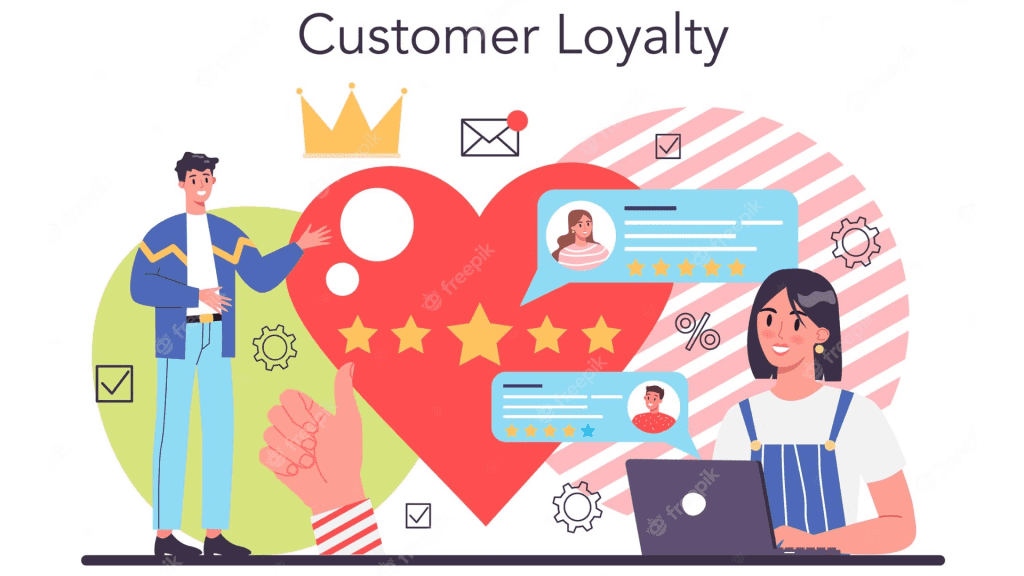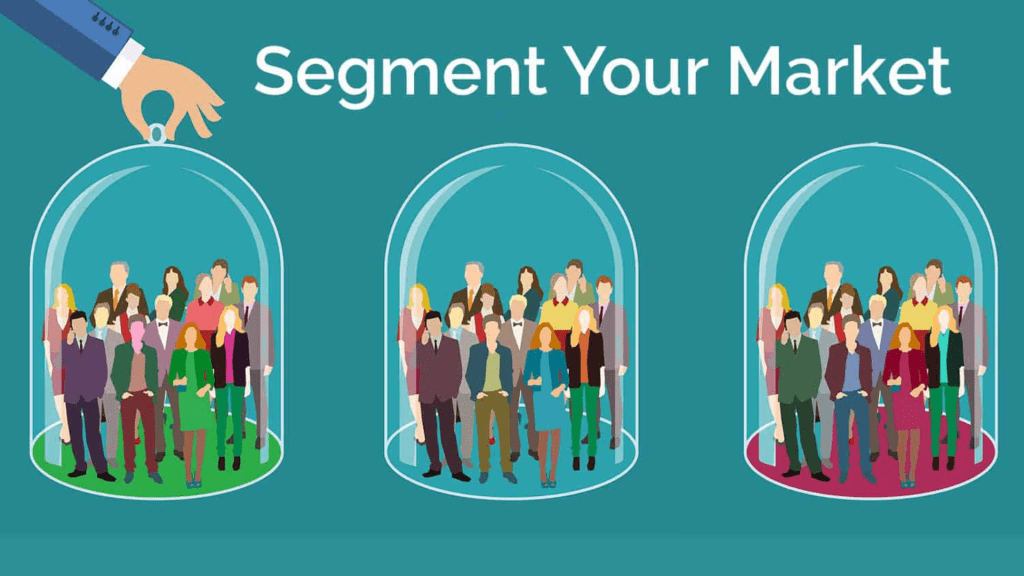Personalized content marketing is the practice of tailoring your content to meet the specific needs, preferences, and behaviors of your target audience. It’s about creating a one-to-one connection in a digital world crowded with noise. Why is this approach so essential? Here are some compelling reasons:
1. Enhanced Engagement

When customers encounter content that speaks directly to their interests and needs, they are more likely to engage with it. This leads to higher click-through rates, longer time spent on your website, and increased social media interactions.
2. Improved Conversions

Personalized content is more persuasive. When your audience feels like you understand their unique challenges and can offer solutions, they are more likely to take the desired action, whether it’s making a purchase, signing up for a newsletter, or requesting more information.
3. Customer Loyalty

Personalization fosters a sense of loyalty. Customers appreciate when brands go the extra mile to cater to their individual preferences. This can lead to repeat business and brand advocacy.
Crafting Customer-Centric Content: Best Practices

Now that we understand the importance of personalized content, let’s explore some best practices for crafting customer-centric content:
1. Know Your Audience Inside Out

Effective personalization starts with a deep understanding of your target audience. Conduct thorough market research, create buyer personas, and gather data on your customers’ demographics, behaviors, and pain points. The more you know, the better you can tailor your content.
2. Segment Your Audience

Not all of your customers are the same. Segment your audience into smaller groups based on common characteristics. For example, you might create segments based on age, location, interests, or purchasing history. Each segment should receive content that speaks directly to their needs.
3. Create Relevant, Valuable Content

Personalization means delivering content that’s relevant and valuable to each segment. This might involve creating different blog posts, emails, or social media campaigns for each group. Always ask yourself, “What’s in it for them?”
4. Dynamic Content Generation

Dynamic content allows you to customize the content a user sees based on their behavior or profile. For example, an e-commerce site might display product recommendations based on a user’s browsing history. Dynamic content keeps users engaged and encourages them to explore further.
5. Personalized Email Campaigns

Email marketing remains a potent tool for personalized content. Segment your email list and craft personalized messages that address each group’s unique interests and pain points. Personalized subject lines and recommendations can significantly improve open and click-through rates.
6. Recommendation Engines

If you sell products online, consider implementing recommendation engines that suggest related or complementary items based on a customer’s purchase history. This can boost cross-selling and upselling opportunities.
7. Content Distribution

Tailor your content distribution strategy to each audience segment. Use social media targeting, paid advertising, and content promotion channels that align with the preferences of each group.
8. Feedback and Iteration

Encourage feedback from your audience and use it to refine your personalization efforts. Listen to customer suggestions and make iterative improvements to your content and strategies.
9. Respect Privacy and Data Security

As you collect and use customer data for personalization, it’s crucial to respect privacy and data security regulations. Clearly communicate your data usage policies and provide customers with options to control their data.
To measure the effectiveness of your personalized content marketing efforts, track key metrics such as engagement rates, conversion rates, and customer retention. Continuously analyze the data to fine-tune your content and strategies for better personalization and performance.
Crafting customer-centric content is no longer an option but a necessity in the world of content marketing. By understanding your audience, segmenting effectively, creating valuable content, using dynamic content generation, personalizing email campaigns, implementing recommendation engines, refining content distribution, encouraging feedback, and respecting privacy and data security, businesses can create content that truly resonates with their customers and drives success. So, dive deep into the world of personalized content marketing and watch your audience engagement and conversions soar.





